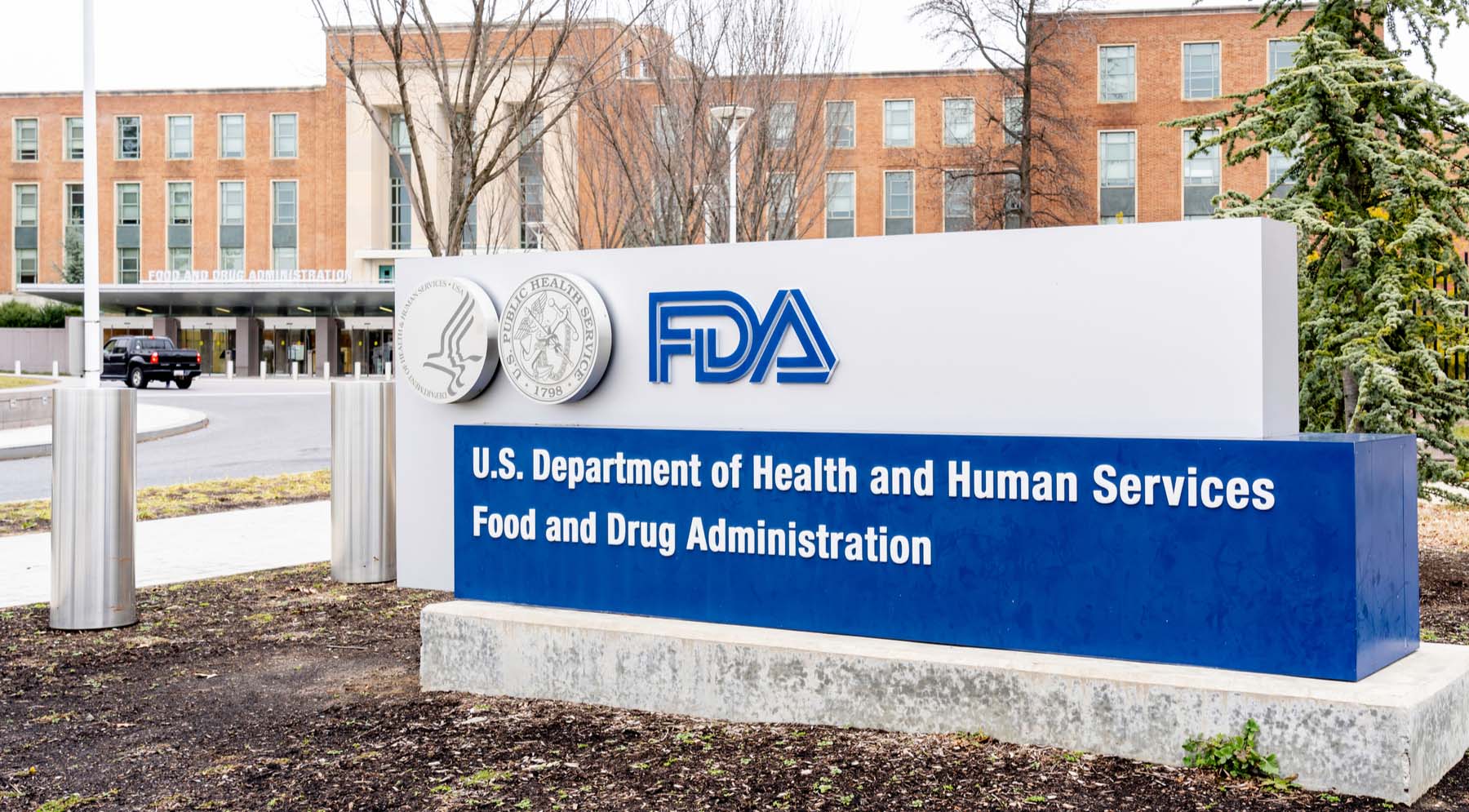With the emergence of the COVID-19 crisis, the scientific and medical communities have been tasked with bringing diagnostic and treatment modalities to patients in an expedited but safe manner. To help address this critical need, the Secretary of the U.S. Department of Health and Human Services (HHS) has declared a number of Emergency Use Authorizations (EUAs), which allow the FDA to help strengthen public health protections against the novel coronavirus threat by facilitating the availability and use of necessary medical countermeasures during this global health crisis.
What is an Emergency Use Authorization (EUA)?
EUAs are not unique to the COVID-19 pandemic. Under section 564 of the Federal Food, Drug, and Cosmetic Act (FD&C Act), when the HHS has declared an emergency, the FDA Commissioner has the authority to allow unapproved medical products or unapproved uses of approved medical products to be used to diagnose, treat, or prevent serious or life-threatening conditions caused by chemical, biological, radiological, and nuclear (CBRN) threats when there are no adequate, approved, and available alternatives. Prior to the issuance of multiple EUAs for the current COVID-19 crisis, five EUAs have been issued since 2013—namely for H7N9 influenza, a Middle East respiratory syndrome coronavirus (MERS-CoV), Ebola virus, enterovirus D68, and Zika virus.
What Evidence is Needed for an EUA?
With an EUA, submission of an investigational new drug application (IND) or investigational device exemption (IDE) is not required. EUAs allow drug, diagnostic, and device developers to seek authorization for use of their products by providing a lower threshold of required evidence compared to the FDA’s standard criteria for premarket reviews. The exact type and amount of data needed to support an EUA will vary depending on both the nature of the emergency and the nature of the candidate product.
For example, for vaccine development, the FDA may grant an EUA for a product and put it on an accelerated pathway to market in response to a public health emergency, such as the current COVID-19 pandemic. However, even with an EUA or an expedited program, vaccine developers must still meet minimum thresholds for demonstrating the safety and efficacy of their products. The key difference is that the FDA will look for a “totality of evidence,” rather than focusing on the need for a well-controlled trial. For instance, if a particular product has demonstrated efficacy in related conditions, that data can be used to supplement new evidence being generated. Ultimately, the goal of an EUA is to allow sponsors and the FDA to work together to bring relevant therapies to market as quickly as possible, as long as the benefits of use outweigh the potential risks.
The FDA evaluates products on a case-by-case basis, and may seek additional data to ensure that the statutory criteria for an EUA are met. These statutory criteria are:1
- Serious or Life-Threatening Disease or Condition. The CBRN agent must be capable of causing a serious or life-threatening disease or condition.
- Evidence of Effectiveness. There is evidence that the product “may be effective” in preventing, diagnosing, or treating that serious or life-threatening disease or condition. Of note, potential EUA products also include those products that may be effective in mitigating a condition caused by an FDA-regulated product that is used to diagnose, treat, or prevent that CBRN-related disease or condition.
- Risk-Benefit Analysis. The Commissioner determines that the known and potential benefits of the product outweigh its known and potential risks. In performing this risk-benefit analysis, the FDA will examine the totality of scientific evidence, which may include, but is not limited to, domestic and foreign clinical trial results, in vivo efficacy data from animal models, and in vitro. The FDA will also evaluate the quality and quantity of the available evidence, in the context of the current state of scientific knowledge.
- No Alternatives. There must be no adequate, approved, and available alternative to the candidate product. Of note, potential alternatives may be considered “unavailable” if supplies of that alternative are insufficient to adequately meet the emergency need.
When considering a medical device, sponsors should keep in mind that an EUA does not constitute an approval, clearance, or alternative to a 510(k) or premarket approval (PMA). EUAs are temporary authorizations and when an EUA declaration is terminated, any EUAs issued based on the declaration will no longer remain in effect. At the end of the EUA declaration period, manufacturers of EUA-designated products that have not previously obtained market authorization from the FDA are responsible for disposing of all products still on the U.S. market. For products that were cleared or approved for other intended uses outside the scope of their EUAs, manufacturers are responsible for ensuring that such devices return to their previously intended use.
An EUA may also terminate if there is a change in the approval status of the product it covers. For example, if an EUA is issued to allow the unapproved use of an approved product and that use is later approved by the FDA, the EUA will no longer be needed.
Current EUAs and Available Guidance
There are a number of EUAs that have been issued as part of the response to the COVID-19 pandemic, including EUAs for personal protective equipment (PPE), in vitro diagnostics, and ventilators and other medical devices. More information on these EUAs, including an up-to-date list of products that have received authorization under these EUAs, can be found at the FDA’s Emergency Use Authorizations page.
For in vitro diagnostics, the FDA has issued a Policy for Diagnostic Tests for Coronavirus Disease-2019 during the Public Health Emergency, which applies to certain laboratories and commercial manufacturers developing diagnostic tests for COVID-19. This guidance describes two policies for accelerating development. The first policy is one which leads to an EUA submission to the FDA. The second policy does not lead to an EUA submission and covers tests developed under the authorities of the state in which the lab is located. In this scenario, the state takes responsibility for COVID-19 testing by laboratories within its borders. This guidance also describes a policy for commercial manufacturers to distribute their diagnostics to laboratories for specimen testing following validation, even while an EUA is still being prepared for submission.2
The FDA has also issued enforcement policies on:
- Ventilators and Accessories and Other Respiratory Devices
- Sterilizers, Disinfectant Devices, and Air Purifiers
- Gowns, Other Apparel, and Gloves
- Face Masks and Respirators
Interestingly, the enforcement policy for ventilators demonstrates that EUA designations are not reserved for medical manufacturers. In an effort to increase availability of products for which there are critical shortages, the FDA strongly encourages non-medical manufacturers to engage in communications with the agency on potential approaches to increasing the supply of ventilators and related devices. The policy also demonstrates the FDA’s willingness to be flexible during this unprecedented time, as it gives manufacturers leeway to modify ventilator components or functions without having to submit 510(k) premarket notifications during this COVID-19 crisis. However, manufacturers remain subject to FDA quality, safety, and performance standards.
It’s important for manufacturers to be aware that the enforcement policies listed are intended to remain in effect only for the duration of the COVID-19 public health emergency, as determined by HHS. If a product is to remain on the market after the crisis has passed it will need to have an appropriate regulatory submission/clearance by the FDA (e.g. 510K or BLA/NDA). Sponsors are encouraged to evaluate this option as part of their long-term strategy. A comprehensive list of recent medical device policies and guidance documents can be found at the FDA’s Recent Final Medical Device Guidance Documents page.
Next Steps
If sponsors feel their product may have value in the current COVID-19 pandemic, their best next step would be to initiate dialogue with the FDA and request a pre-EUA meeting. Early engagement with the FDA will facilitate more comprehensive EUA requests and enhance the agency’s ability to review the request in a timely fashion. Any request for an EUA should include the following information:3
- A description of the product and its intended use, including where, when, and how the product is expected to be used and the populations for which the product may be used.
- A description of the product’s FDA approval status, for example, whether it is unapproved, approved for another use, under an IND/IDE, or approved in a foreign country.
- The need for the product, including identification of any approved alternatives and the unmet medical need.
- Available safety and effectiveness information
- A discussion of risks and benefits
- Information on chemistry, manufacturing, and controls
- Information about the quantity of finished product on hand, as well as the surge capabilities of the manufacturing site
- Information similar to a package insert or instructions for use, such as drafts of healthcare profession fact sheet
The FDA has issued a guidance, Emergency Use Authorization of Medical Products and Related Authorities, which provides detailed recommendations on how to prepare for a pre-EUA meeting and how to submit a formal EUA designation request to the FDA.
As the U.S. healthcare system continues to face shortages of critical medical devices and equipment, EUAs help to accelerate access to products needed to help address this public health emergency. By increasing cooperation between the FDA and sponsors, EUAs are an important tool for manufacturers who want to do their part in curbing the COVID-19 pandemic.
References:
1. U.S. Food and Drug Administration. Emergency Use Authorization of Medical Products and Related Authorities, January 2017. Available at https://www.fda.gov/media/97321/download. Accessed April 15, 2020.
2. U.S. Food and Drug Administration. Policy for Diagnostic Tests for Coronavirus Disease-2019 during the Public Health Emergency, March 16, 2020. Available at https://www.fda.gov/media/135659/download.
3. U.S. Food and Drug Administration. Emergency Use Authorization of Medical Products and Related Authorities, January 2017. Available at https://www.fda.gov/media/97321/download.








